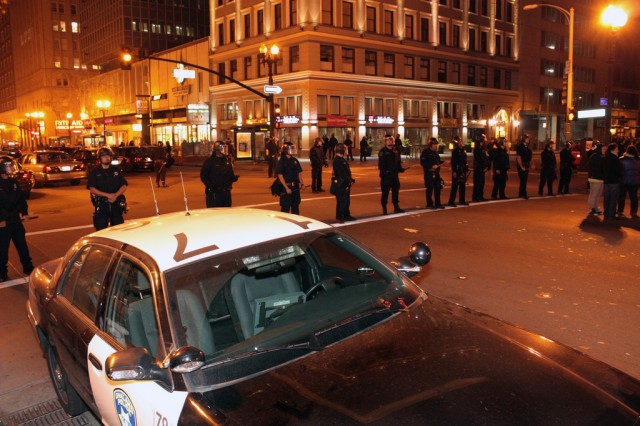Expanding waistlines may be caused by more than bad diets and sedentary habits. Antibiotics could be disrupting our gut bacteria, helping people pack on fat like farm animals.
from Wired Top Stories

For everything from family to computers…
Expanding waistlines may be caused by more than bad diets and sedentary habits. Antibiotics could be disrupting our gut bacteria, helping people pack on fat like farm animals.
from Wired Top Stories
Taken from the number of sales of the displays used in the device, it looks like Google will be looking at a grand total of 8 million Nexus 7 tablets sold by the end of 2012. According to what Google had previously expected to sell since the July launch, that’s more than double the previous estimates. Google spokespeople have yet to confirm these projections, but once the sales numbers are posted, folks are likely to be happily surprised at the popularity of the Jelly Bean-powered device.
I know I could speak for most readers here that it’s easily been one of the most popular Android devices ever launched. With fantastic build quality, Jelly Bean, and that unbeatable $200-$250 price tag, it can’t be beat.
Via: Computer World
Cheers Sameer!
from Droid Life

On Tuesday, the San Francisco Chronicle reported that local officials, in collaboration with investigators from the Federal Communications Commission, have now found the culprit to the Oakland Police Department’s ongoing public safety radio woes: AT&T.
Last week, FCC and the City of Oakland notified the mobile network that its towers were interfering with the radios, but the problem got significantly worse when a police car found itself within a quarter-mile of a tower. (That is, according to David Cruise, the city’s newly-hired public safety systems adviser, as reported by the Chronicle).
“If the officer is in an area close to one of their cell sites, essentially the cell site overpowers their radios,” he told the paper.
from Ars Technica
Filed under: Government/Legal, Safety, Technology, Ford, GM
Vehicle-To-Vehicle (V2V) and Vehicle-To-Infrastructure (V2I) communications are going to play a big role in future automobiles when it comes to autonomous vehicles, but in the near term, these technologies are being looked at as a way to make the roadways safer by reducing crashes and congestion. As part of its Safety Pilot program, the Department of Transportation has announced plans for the largest-ever real-world test of V2V and V2I technologies consisting of almost 3,000 cars, trucks and buses in Ann Arbor, Mich.
V2V and V2I allow vehicles to connect and communicate with one another along with roadways and intersections using a wifi signal with the intention of reducing vehicle collisions in the instances such as rear-end collisions, blind intersections, vehicles running a red light or vehicles changing lanes when another vehicle is in its blind spot. Automakers, including General Motors and Ford Motor Company have already been testing intelligent vehicles, but the benefit of a government-sponsored program like this is that it could create a universal language for vehicles to communicate with each other rather than each automaker coming up with its system independently.
Both GM and Ford are supplying vehicles for this program, but there will also be extensive feedback received from drivers. Ahead of its real-world tests, the DOT conducted a study that found 90-percent of drivers who experienced V2V and V2I had a “highly favorable opinion” of the technologies. Safety Pilot will last for a year, and the data collected will help the National Highway Traffic Safety Administration determine how the technology can be used in the future, along with what, if any, laws need to be made regarding V2V and V2I.
GM says that it can start offering this technology in its cars by the end of this decade and Ford says it has already started developing Intelligent Vehicles.
Scroll downfor V2V videos from GM and Ford as well as a press release from the U.S. DOT.
from Autoblog